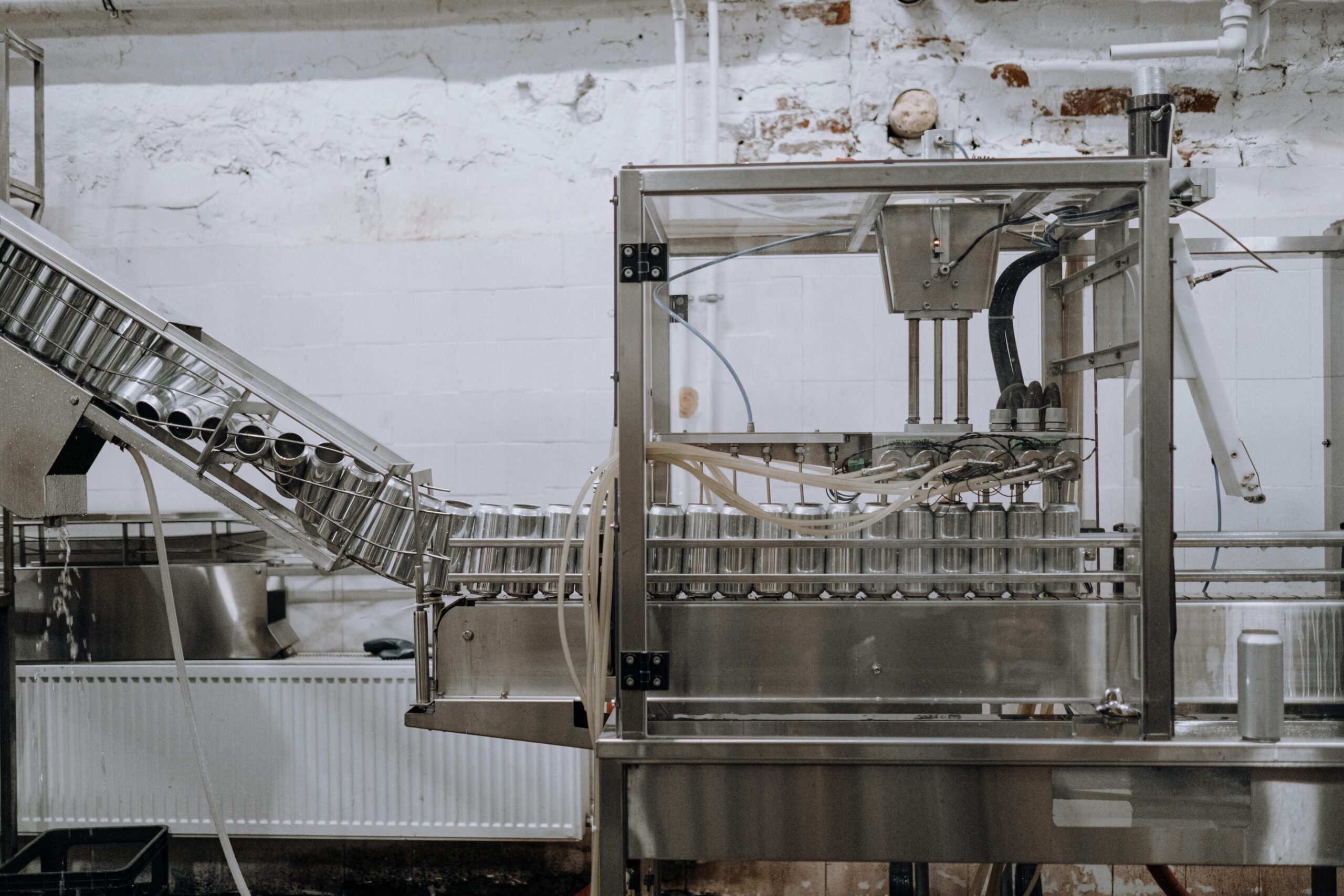In an era where technological advancements are not just prevalent but essential, the manufacturing sector stands at a pivotal crossroads. Integrating digital technology into manufacturing processes has become a cornerstone for companies aiming to thrive in a highly competitive and ever-evolving market. This article explores how leveraging digital technologies can fortify the manufacturing sector, making it more resilient and efficient.
Understanding The Digital Transformation Landscape
The journey of digital transformation in manufacturing is more than just adopting new technologies; it is a paradigm shift. It’s about rethinking existing business models and processes to create value in new, innovative ways. Digital transformation encompasses a range of technologies, including the Internet of Things (IoT), artificial intelligence (AI), robotics, and big data analytics. These technologies empower manufacturers to improve efficiency, reduce costs, and enhance product quality.
Leveraging Data Analytics For Informed Decision-Making
In manufacturing, data analytics transcends the traditional boundaries of analysis. With the influx of big data, manufacturers can now delve into intricate details of their operations, uncovering patterns and insights that were previously invisible. This deep dive into data enables a more nuanced understanding of production cycles, supply chain dynamics, and consumer behavior. By leveraging these insights, manufacturers can streamline production lines, enhance quality control measures, and predict market trends more accurately. Moreover, data analytics facilitates proactive maintenance strategies, reducing the likelihood of unexpected, costly, and disruptive machine downtimes. This predictive approach enhances operational efficiency and extends the machinery’s lifespan, optimizing capital investment.
Upgrading IT Infrastructure: A Strategic Imperative
Modernizing the IT infrastructure in manufacturing is akin to building a robust foundation for a skyscraper. It involves updating hardware and software and re-engineering network architectures to accommodate the enormous influx of data from connected devices. Upgrading IT infrastructure also means embracing cloud computing, which offers scalable storage solutions and powerful computing capabilities essential for processing large data sets and running sophisticated AI algorithms. Furthermore, an updated IT infrastructure enhances cybersecurity measures, a non-negotiable aspect in the digital age where data breaches can have catastrophic implications. This comprehensive upgrade is not a one-time activity but an ongoing process, requiring constant vigilance and adaptation to emerging technologies.
Financing Options For Manufacturing Business: Navigating The Financial Landscape
The journey towards digitalization in manufacturing often comes with considerable financial implications. Exploring and securing the right financing options for manufacturing business is a strategic step that can significantly influence the pace and scale of technological adoption. Manufacturers must navigate a complex financial landscape, where options range from traditional loans to more innovative financing models like equipment leasing or revenue-based financing. Some businesses might qualify for government incentives to promote technological advancements, which can significantly reduce the financial burden. The key is tailoring the financing strategy to align with the company’s long-term technological goals and financial standing.
Embracing The Internet Of Things (IoT)
The integration of IoT in manufacturing heralds a new era of industrial automation and intelligence. IoT devices, ranging from sensors on machines to wearable tech for employees, generate a continuous stream of data. This data provides real-time insights into every facet of the manufacturing process, from the performance of individual machines to the efficiency of entire production lines. The real-time data analysis facilitates immediate corrective actions, enhancing quality control and minimizing waste. IoT’s role in predictive maintenance is also a significant cost-saver, as it allows manufacturers to address potential issues before they escalate into major failures, ensuring continuous production without interruptions.
Investing In Workforce Development
In a technologically evolving manufacturing landscape, workforce development is not just about training; it’s about cultivating a culture of continuous learning and adaptability. Investment in workforce development means providing employees with opportunities to upskill and reskill, ensuring they remain relevant and effective in an increasingly automated and data-driven environment. This involves regular training programs, workshops, and collaborations with educational institutions for specialized courses. An empowered workforce is more than just an operational asset; it’s a source of innovation and a key driver of a company’s competitive edge in the digital era.
Implementing Sustainable Practices
Pursuing sustainability in manufacturing through digital technology is a commitment to the future. Sustainable practices, enabled by digital tech, go beyond environmental benefits; they represent a strategic approach to long-term business viability. Energy-efficient production processes, for example, reduce carbon footprints and lower operational costs. Waste reduction through optimized production planning and material usage is another area where sustainability aligns with economic efficiency. Implementing these practices often requires a shift in mindset from viewing sustainability as a compliance requirement to seeing it as an opportunity for innovation and market differentiation.
Building Supply Chain Resilience
Digital transformation in supply chain management is about creating a network that is efficient and resilient to disruptions. Advanced technologies like blockchain and AI introduce transparency and agility into the supply chain. Blockchain, for instance, provides a tamper-proof, decentralized ledger ideal for tracking products from raw materials to finished goods. Conversely, AI can predict and manage supply chain risks by analyzing vast amounts of data to identify potential disruptions. These technologies enable manufacturers to quickly adapt to changes, whether they’re shifting market demands or global supply chain disruptions, ensuring business continuity and customer satisfaction.
Conclusion
Integrating digital technologies in the manufacturing sector is not just a trend but a strategic necessity. Manufacturers can build a more resilient, efficient, and sustainable industry by embracing digital transformation. The journey involves a comprehensive approach, from upgrading IT infrastructure to investing in workforce development and ensuring cybersecurity. As the manufacturing sector continues to evolve, those who adeptly harness the power of digital tech will lead the way into a future of limitless possibilities.

